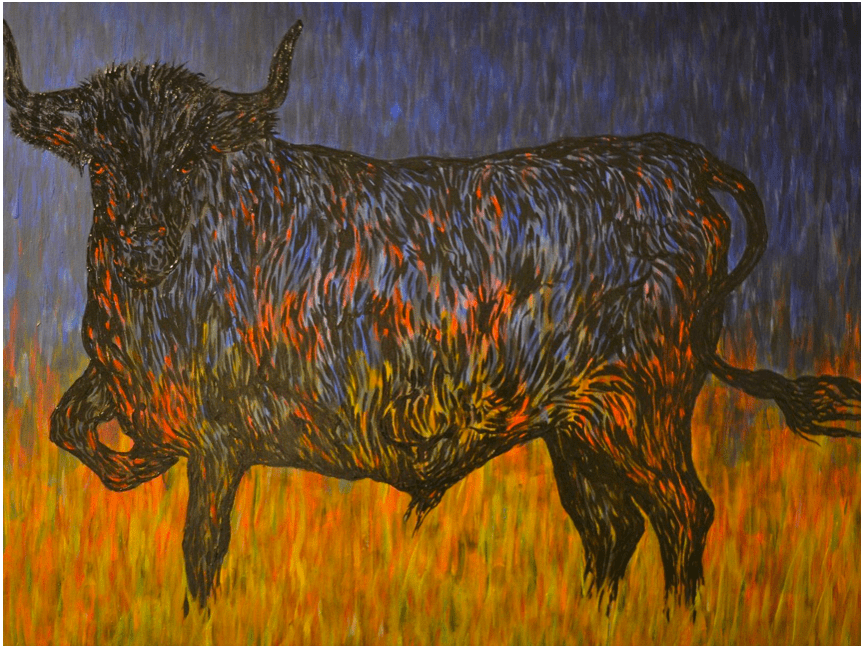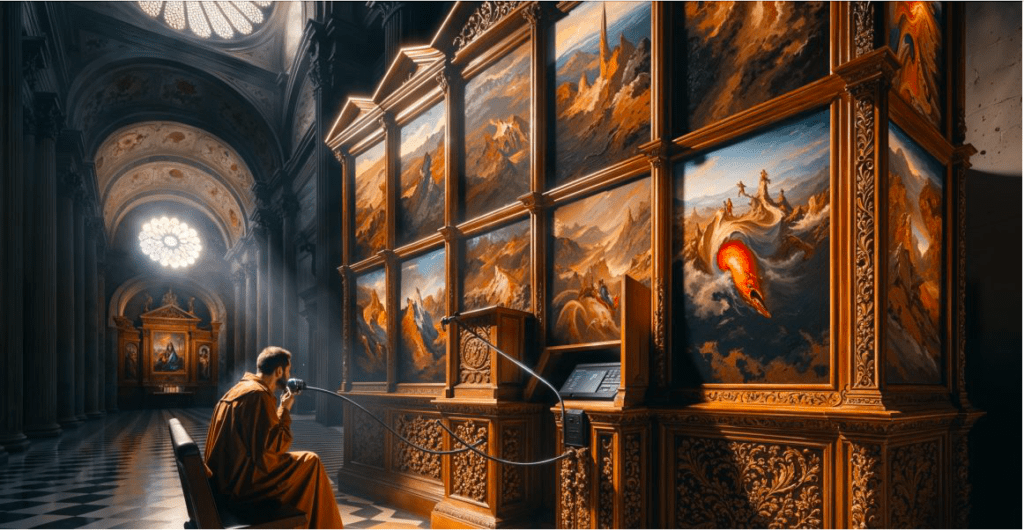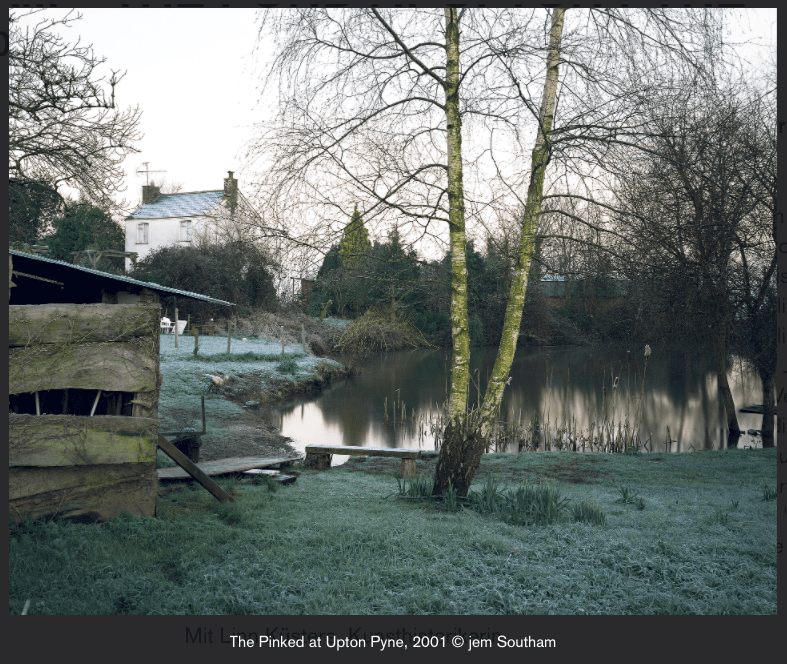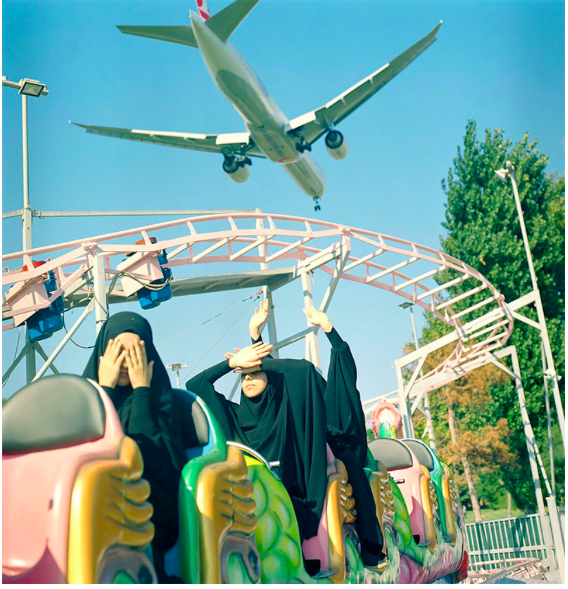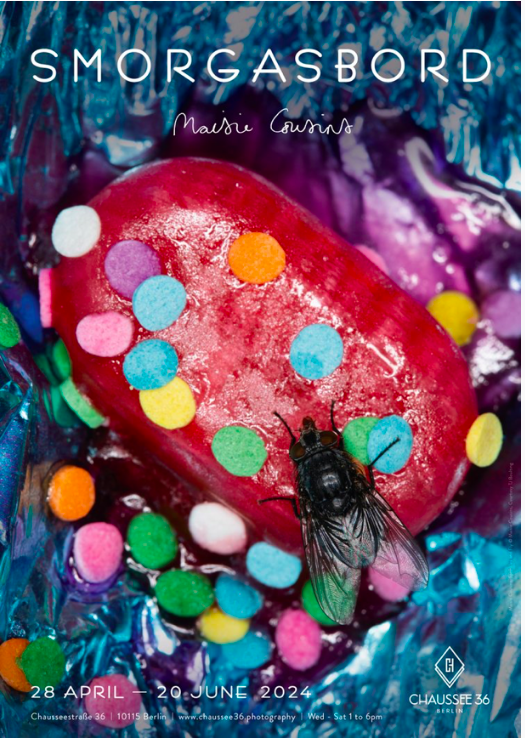
The Marrakech Museum for Photography and Visual Art (MMP+) is for the moment located in the UNESCO historical site of Badii Palace. The plan is that the institution will have a permanent home in a building, designed by Sir David Chipperfield, in 2016. The museum can be considered as a lab for a new generation of Moroccan curators; it hosts several educational programmes for the promotion of knowledge about photography, visual arts, museum education and management on a continual basis.
Andreas Kreienbühl: The MMP+ is in the southern part of Marrakesh’s medina. After the incomparable experience of passing through the souk’s vivid and narrow alley -saturated with colours, sounds and scents–visitors enter a wide, open, tranquil space, the remaining premises of Badii Palace. The way we approach the MMP+’s rooms is a perfect mental preparation for being inspired by the themes of contemporary art. Besides an exhibition showing works by Berenice Abbott, Eve Arnold, and André Kertész, until April 30th the MMP+ will be presenting a video by Hassan Hajjaj. What was the main criterion for selecting the video Naabz by the Moroccan artist to be shown at MMP+?
Mostafa Aghrib: Hassan Hajjaj’s work brings into one’s consciousness, and simultaneously summarises, Morocco’s development of contemporary creativity. Scenarios where modernity meets the unique characteristics of Morocco’s cultural heritage are exemplarily shown and bring to life an ongoing dialogue with tradition.
Besides provoking reflections from an aesthetic point of view, Hassan Hajjaj’s work challenges our ideas about interpretation and continually forces us to question our stereotypical ways of perception.
Hassan’s models–typically an ordinary woman with her djellaba, the gnaoui, the tarboush on her head or a “nakacha” (henna decoration) from the Jamaa El Fna square–play with our preconceived ideas and harmonise what is in opposition to us. In a certain way Naabz represents the delicacy of Hassan Hajiaj, and the choice of his video mirrors the place where it is shown: a museum of contemporary art in the very centre of a historical heritage site, within premises listed by the UNESCO.
AK: Is Hassan Hajjaj a model for young Moroccans?
MA: On the one hand he is a role model and, on the other, he is just one of many. Other artists like Yto Barrada, Mounir Fatmi or Hicham Benohoud – to mention only a few– are good examples too. All of them express–in their own, specific way of working–how today’s creative Morocco integrates and scrutinises its cultural heritage. They are shaping contemporary Moroccan art history.
AK: Could you tell us the reason why the museum has opened in a temporary venue before moving into David Chipperfield’s building?
MA: Our patrons, of course, might have insisted on a “ready-made” museum, but it would have been another ivory tower, just one more attraction for tourists. Our institution is quite young and has the aim of being an integral part of its environment and of interacting with its surroundings, though without renouncing the museum’s possibility of operating at an international level. In order to achieve this, we have signed a convention with the Ministry of Culture to open our temporary exhibition space inside the Badii Palace in the heart of the medina. A location which serves as a lab for both the public and ourselves; this allows the possibility of reinvesting our collective experience once we have moved to our future and permanent premises.
AK: Even though the name MMP+ gives prominence to the word “museum”, the institution represents more than just a museum in its classical sense. Could you describe its role and functions more fully?
MA: After working for more than a year on a very wide-ranging programme of exhibitions, and having had numerous international encounters, we are now allocating over 60% of our energies to educational aspects and mediation.
Encouraged in this line of action by our patrons and partners, we have created a new scholarship programme. With the support of the Fondation Jardin Majorelle, the Fondation Pierre Bergé-Yves Saint Laurent, and the University of Arizona, we are arranging seminars on photography, the visual arts, museum education and management, and curatorial studies for the young Moroccan community.
In addition to this initiative, and through an agreement with the National Ministry of Education and the Mohammed VI Foundation, we have opened educational facilities/studios for the training of teachers who have the visual arts as part of their scholarship programmes, as well as being available for school visits. For us this is all about active participation in the process of democratising access to culture and the arts, as well as breaking down economic and social barriers: the core reason for MMP+’s existence.
AK: Based on the worldwide phenomenon of selfies, and in the context of contemporary art, Selfie is an extraordinary exhibition project that can be viewed until April 30th 2015. Could you explain to us the concept behind it?
MA: Selfie is a participatory exhibition project that is part of the museum’s series for interacting with the public. The aim is to break down the barriers between art, culture, and young audiences. Selfies are often simply interpreted as egocentric or narcissistic, but we forget that these pictures are an amateur counterpart of portrait photography. They are the super-democratisation of photography, but above all they indicate the significance of public and private spaces.
Selfies are related to photography numerically. Their diffusion is primarily limited to virtual spaces and not to exhibition halls. Visitors will note that the selection on the walls gives little information about the difference in quality and quantity to the selfies online. It is as though the phenomenon had suddenly lost its exponential growth once it became detached from virtual reality and was transposed into a physical one.
- Artists:
Hassan Hajajj - Open:
Sunday, 01 February 2015 - Close:
Thursday, 30 April 2015 - Address:
El Badii Palace, Marrakech, Morocco - Mail:
info@mmpva.org - Web:
MMP+ - Opening hour:
Wed – Mon | 9 am – 5 pm - Closing day:
Thu - Admission:
Free - Photo credits:
1. The Second Lady of the United States, Dr. Jill Biden, at the Museum with Mostafa Aghrib, © MMP+ 2. MMP+ is located in the UNESCO heritage site of Badii Palace; photo: Andreas Kreienbühl 3. Naabz, © Hassan Hajjaj 4. Selfie Workshop at MMP+, © MMP+

